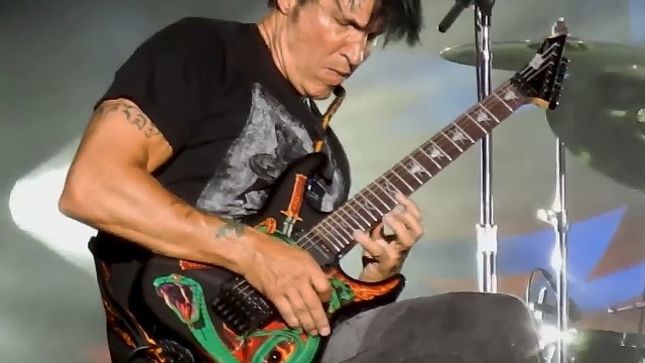
You had two other album titles before No More Tears. Either you want me and my music or forget it. I’ve been around too long to fuck around. Osbourne: They were into what I was into. How did you choose your producers, Duane Baron and John Purdell? Osbourne: Working on and off, approximately two years. How long did recording take all together? You went through producer changes and topped and started a few times. Sign up for the 10 to Hear newsletter here.Which album do you think it’s closest to? (Pitchfork earns a commission from purchases made through affiliate links on our site.)Ĭatch up every Saturday with 10 of our best-reviewed albums of the week. He sounds like a man who understands how precious it is to get a second chance. On nearly every song, Osbourne ad-libs an “I love you!” between verses. I mean, I’d buy all these houses, and I’d never fucking live in them.” Of course, he un-retired just a few years later, but you can hear in these recordings the deep gratitude he felt toward his fans on what he thinks will be his last time singing to them.

“I was like a mouse on a wheel: album, tour, album, tour, album, tour, album, tour. “I’d been on the road for 25 years, pretty much,” he wrote in his 2009 memoir, I Am Ozzy. That ’92 run was cheekily dubbed No More Tours, as a burned-out Osbourne stared down another endless cycle of performances and decided he didn’t have it in him anymore. The demos and bonus tracks on this new edition aren’t especially enlightening, but the live material, taken from a pair of shows in 1992, is essential. Motörhead is both celebrated and criticized for their adherence to a single primordial style, but Lemmy’s work on No More Tears proves that he was a canny, versatile songwriter who had the good sense to play to his strengths. The Motörhead frontman co-wrote four of its best songs: “I Don’t Want to Change the World,” “Mama, I’m Coming Home,” “Desire,” and “Hellraiser.” Apart from “Hellraiser,” which Motörhead also recorded for March ör Die, these were songs that Lemmy couldn’t get away with at his main gig, whose whiskey-soaked rumble didn’t exactly lend itself to soaring pop hooks and tender acoustic balladry. The late Lemmy Kilmister was also a crucial contributor to No More Tears. Without his twangy licks, “Mama, I’m Coming Home” would fall flat, and his contributions as a songwriter helped make No More Tears the most consistent solo record of Osbourne’s solo career. Wylde can shred with the best of them, but his earthier, blues-rooted style helped define the sound of the albums he worked on with Osbourne.

Zakk Wylde first stepped in for 1988’s No Rest for the Wicked, and on No More Tears, he joined the pantheon of great rock sidemen. Randy Rhoads, with his electrifying playing on Blizzard of Ozz and Diary of a Madman, was a co-star and true equal, and after Rhoads’ death in a plane crash in 1982, Osbourne made a point of keeping a shredder in his employ.

No More Tears yielded a pair of Hot 100 hits in the epic, orchestral title track and the lighters-aloft tearjerker, “Mama, I’m Coming Home.” Osbourne sells that song’s sweetly simple sentiment-he’s got a mama, and he’s coming home to her-with a depth of feeling that only the greatest pop balladeers can hit.Ī hallmark of Osbourne’s solo work is the presence of a virtuosic guitarist beside him. Unlike his 1970s albums with Black Sabbath, an immortal run that was burdened with nothing less than the invention of heavy metal, Osbourne’s solo work has always been a place where he could be a pop singer. Of course, No More Tears is still an Ozzy Osbourne album, and it’s a brilliant one for how well it balances its lesson-learning and vulnerability with thrilling bravado. On the stunning closing track, “Road to Nowhere,” Osbourne eulogizes his former self with humility and gravitas: “I was looking back on my life/And all the things I’ve done to me/I’m still looking for the answers/I’m still searching for the key.” For the first time in his career, the famously reckless singer sounds like he understands the consequences to his actions. The shambling “A.V.H.” has the pangs of withdrawal, while the power ballad “Time After Time” considers a splintered long-term relationship that sounds a lot like his own. “I can’t take this alone/Don’t leave me on my own tonight,” he pleads on “S.I.N.,” the desperation straining his voice. A decade removed from the wildness of Blizzard of Ozz, he sounds like a man who very much wants to keep his crazy train from going off the rails. The reckoning in Osbourne’s personal life shows up all over the music.


 0 kommentar(er)
0 kommentar(er)
